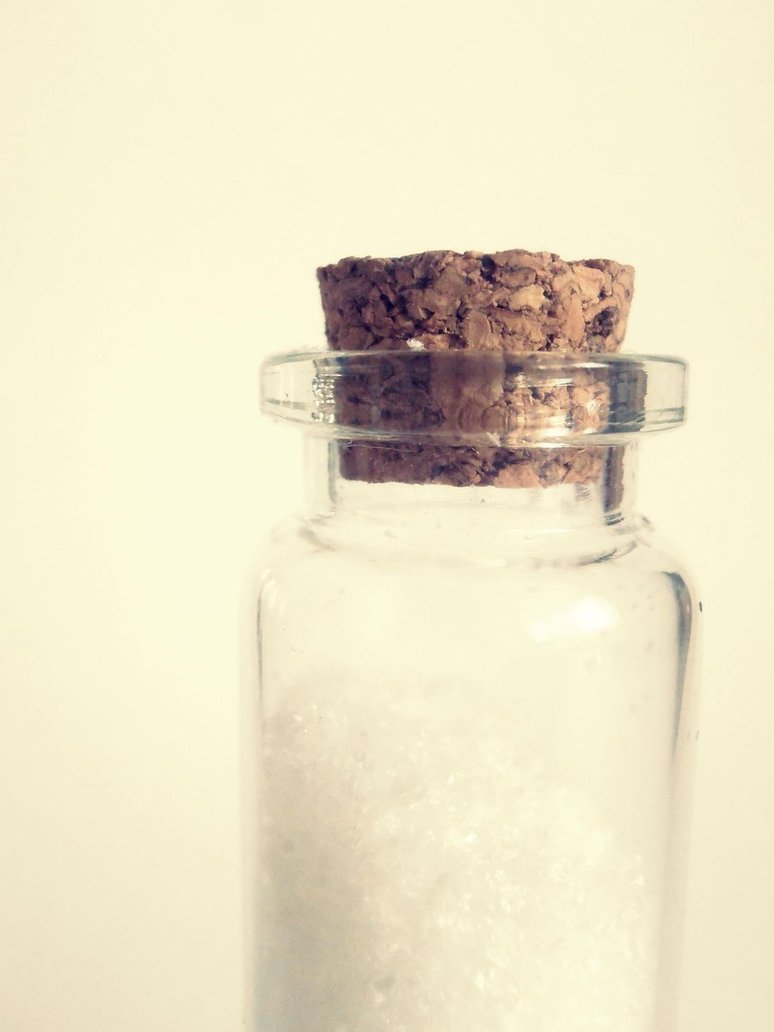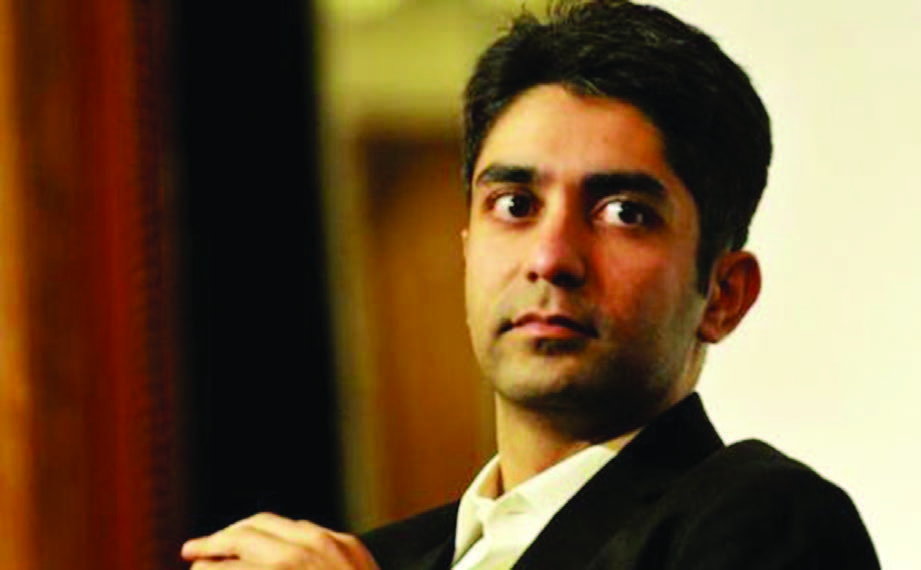
WASHINGTON (TIP): Sick and tired of the more than 100 inches of snow that has buried Boston this year, a local entrepreneur is selling the stuff to those in warmer climes in a throwback to the first American export to India: his stateside forbears shipped ice all the way to Calcutta and Madras more than 200 years ago.
Kyle Waring’s profits won’t be anything like what Frederick Tudor raked in exporting ice to India, but curious clients are helping him make a few hundred bucks out of his misery even as his effort is bringing nationwide attention to Boston’s troubles.
It’s so bad that the city of Boston is losing more than$250 million a week and is now considering dumping its snow into the ocean because it has run out of places to shovel it to.
Waring started selling snow as a joke through his site shipsnowyo.com, making the best of a bad situation with the slugline “Our nightmare is your dream”. Bottled snow of 16.9 oz was priced at $ 19.99. He sold close to 100 bottles, many of which arrived at the destination with the snow melted, so he’s now improving on his efforts, using Styrofoam and tinfoil to ship even bigger packages of a pound and more, priced at $ 80 and above.
Apparently, there are enough guileless customers for this in a country where women with huge credit card debts have been known to go online and get people to pony up money to clear it.
But Waring’s snowpreneurship is rooted in recorded history. Early in the 19th century, New England businessman Frederic Tudor, initially regarded as an eccentric, began exporting ice from the Boston region, first within US and surrounding area (including Caribbean). He began to make some profit, but the windfall really came when he began exporting ice to India, using a brigantine ship named Tuscany.
The first shipment, from which ice was sold for three pence or char anna per pound in Calcutta, is said to have fetched him a profit of $9900 (around $250,000 at current value). Getting the East India Company to waive taxes and building an ice-house from money raised by the city’s British residents, Tudor then expanded his trade to Bombay and Madras, setting off an ice-war with competing merchants who quickly cottoned on to the trade.
By the time the business model melted with the arrival of ice-making machines in the 1850s, Tudor is said to have made more than $ 4 million (in today’s value) in profits. Kyle Waring has way to go and probably needs a more solid business plan to get anywhere near.





Be the first to comment